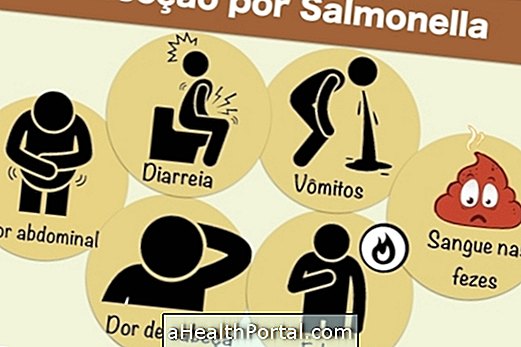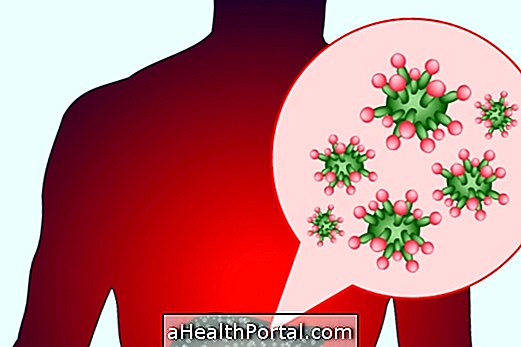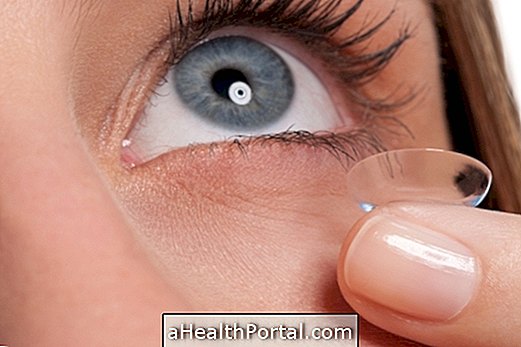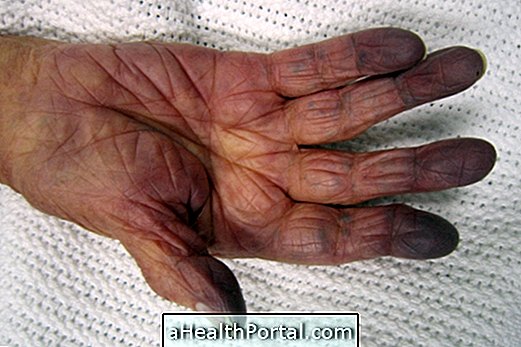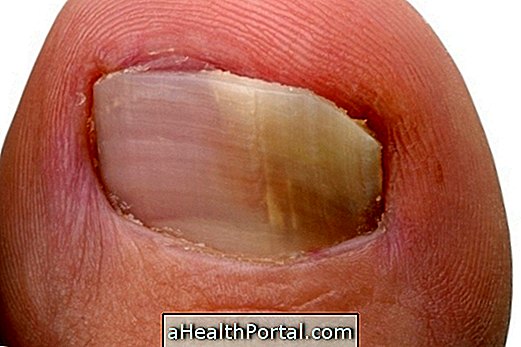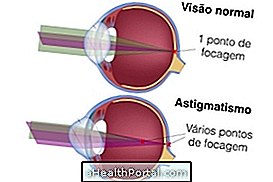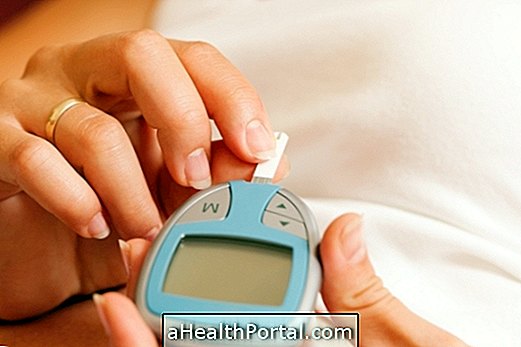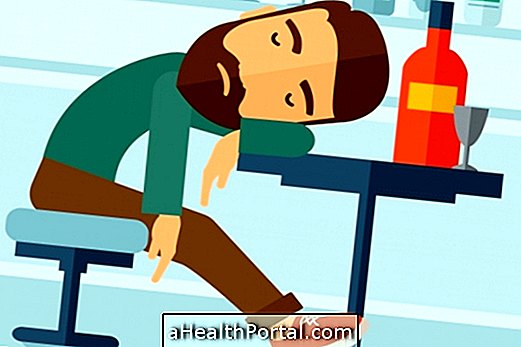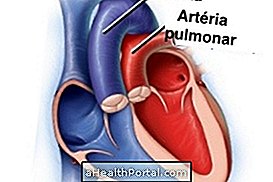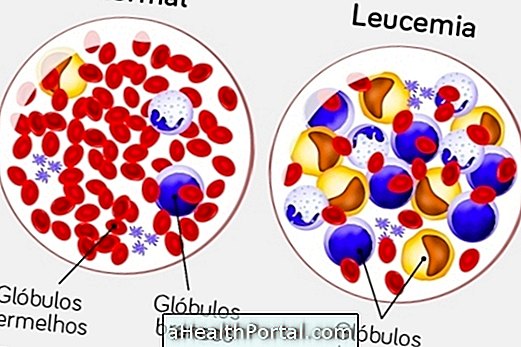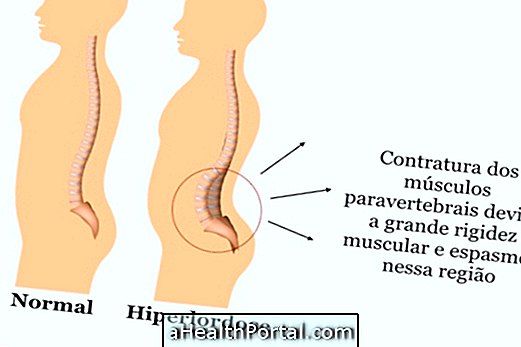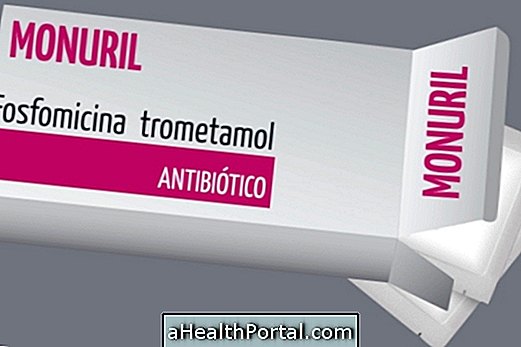The HIV virus was discovered in 1984 and over the last 30 years a lot has changed. Science has evolved and the cocktail that once covered the use of a large number of drugs, today has a smaller and more efficient number with fewer side effects.
However, although the time and quality of life of the infected person has increased significantly, HIV still has no cure, no vaccine. In addition, there are always doubts about this issue and so we separate the main myths and truths about the HIV virus and AIDS so that you stay informed.
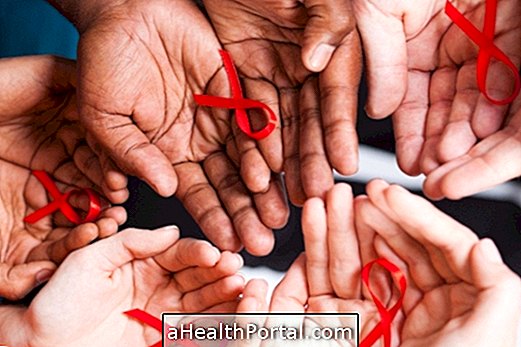
1. Whoever has HIV always has to use a condom.
TRUTH: All people who have the HIV virus are advised to only have sex with condoms to protect their partner. A condom is the best form of protection against HIV and therefore it should be used in all intimate contact and should be changed after each ejaculation.
2. Kissing on the mouth transmits HIV.
MYTH: Contact with saliva does not transmit the HIV virus and therefore the kissing in the mouth can happen without weight in the conscience, unless the partners have some wound in the mouth, because whenever there is contact with the blood there is the risk of streaming.
3. Son of a woman with HIV may not have the virus.
TRUTH: If the HIV-positive woman gets pregnant and carries out the treatment properly throughout the gestation the risk of the baby being born with the virus is minimal. Although the less risky delivery is the elective cesarean section, a woman may also choose normal birth, but it requires a refined work with the blood and body fluids not to contaminate the baby. However the woman can not breastfeed because the virus passes through the milk and can contaminate the baby.

4. A man or woman with HIV can not have children.
MYTH: A woman who is HIV positive can become pregnant but must perform the tests to know if her viral load is negative and still have to take all the medicines the doctor advises not to infect the baby. In any case, if the man or the woman are HIV positive to avoid the contamination of the partner is recommended to perform an in vitro fertilization, being particularly indicated to use the technique of intracytoplasmic sperm injection. In this case the doctor removes some eggs from the woman and in the laboratory inserts the man's sperm into the egg and after a few hours implants these cells inside the woman's uterus.
5. Who has HIV does not need to use a condom if the partner also has the virus.
MYTH: Although the partner is also HIV positive it is recommended to use condoms in all intimate contact because there are different subtypes of the HIV virus and they have different viral loads. So if a person has only HIV 1 but his or her partner has HIV 2, if they have unbounded relationships both will have both types of virus, and it is more difficult to tailor treatment.
6. Who has HIV has AIDS.
MYTH: HIV refers to the human immune deficiency virus and AIDS is the human immune deficiency syndrome and therefore these terms can not be used synonymously. Having the virus does not mean being sick and therefore the term AIDS is only indicated when the person falls ill due to weakness of their immune system and this can take more than 10 years to happen.
7. I can get HIV through oral sex.
TRUTH: The person who receives oral sex has no risk of contamination but whoever does oral sex is at risk of being contaminated at any stage, both at the beginning of the act, when there is only the natural lubricating liquid of man, and during ejaculation. It is therefore recommended to use condoms even in oral sex.

8. Sex toys also transmit HIV.
TRUTH: Using a sex toy after an HIV-positive person can also transmit the virus, leaving the person contaminated and therefore it is not recommended to share these toys.
9. If my test was negative, it is because I do not have HIV.
MYTH: After contact with HIV positive, the person's body may take up to 6 months to produce the HIV antibodies 1 and 2 that can be identified in an HIV test. So if you had any risky behavior having sex without a condom you should have your first HIV test and after 6 months you should do a new test. If the 2nd test result is also negative, it indicates that you have not really been infected.
10. It is possible to live well with HIV.
TRUTH: With the advancement of science, antiretrovirals are more efficient and have fewer side effects bringing better quality of life. In addition, nowadays people are more informed and there is less prejudice regarding the HIV virus and AIDS, however it is imperative to carry out the treatment taking the medicines indicated by the infectologist, always use condoms and perform the exams and medical visits regularly .

